Owning a cold tub can provide numerous health benefits, including muscle recovery, improved circulation, and reduced inflammation. However, to ensure these benefits and maintain the longevity of your cold tub, it’s essential to keep the water properly balanced and maintained.
Here’s a comprehensive guide to help you achieve crystal-clear, safe, and effective water in your cold tub.
Understanding Cold Tub Water Chemistry
Before diving into the specifics of cold tub water maintenance, it’s important to understand the basic components of water chemistry:
- cold plunge pH Level: Measures how acidic or alkaline the water is. The ideal pH level for cold tubs is between 7.2 and 7.8. A balanced pH ensures that the sanitizers work effectively and prevents corrosion or scaling.
- Total Alkalinity (TA): TA acts as a buffer for the pH level. It should be maintained between 80 and 120 ppm (parts per million).
- Calcium Hardness (CH): Indicates the amount of dissolved calcium in the water. The ideal range is 150-250 ppm. Too low CH can lead to corrosion, while too high can cause scaling.
- Sanitizer Levels: Chlorine or bromine are common sanitizers used to kill bacteria and keep the water safe. The ideal chlorine level is 1-3 ppm, and for bromine, it’s 3-5 ppm.
This these foundational elements covered, let's dive into the specifics for balancing and maintaining your cold tub.
Steps to Balance Your Cold Tub Water
Follow these steps to balance and maintain your cold tub water:
Step 1: Test the Cold Tub Water
- Use a reliable water testing kit or test strips to measure the pH, TA, CH, and sanitizer levels. Testing should be done at least once a week or more frequently if the tub is used often.
Step 2: Adjust Total Alkalinity
- If the TA is too low, add an alkalinity increaser (sodium bicarbonate)
- If it’s too high, add a pH decreaser (sodium bisulfate) to lower it gradually
Step 3: Adjust pH Levels
- After adjusting the TA, fine-tune the pH levels. If the pH is too high, use a pH decreaser. If it’s too low, use a pH increaser. Make small adjustments and retest after a few hours.
Step 4: Adjust Calcium Hardness (CH)
- If the CH is below the recommended range, add a calcium hardness increaser.
- If it’s too high, partially drain the tub and refill it with fresh water to dilute the calcium concentration.
Step 5: Maintain Sanitizer Levels
- Regularly add chlorine or bromine to maintain the appropriate sanitizer levels. Use a floating dispenser or an automatic feeder for consistent dosage.
Ongoing Cold Tub Water Maintenance
Most tubs require some weekly and monthly maintenance to perform at optimal levels.
Weekly Maintenance
- Shock the Water: Use a non-chlorine shock or chlorine shock to oxidize contaminants and refresh the water. This should be done weekly or after heavy use.
- Clean or change the Filters: If possible, remove and rinse the filters with a hose to remove debris. Soak them in a filter cleaner solution monthly for a deep clean... If they are too dirty, it may be best to replace with a new filter.
- Check and Adjust Chemistry: Test the water and make necessary adjustments to the pH, TA, CH, and sanitizer levels.
Monthly Maintenance
- Drain and Refill: Depending on usage, drain and refill your cold tub every 4-6 months to prevent the buildup of dissolved solids and keep the water fresh.
- Inspect the Tub: Check for any signs of wear or damage to the tub, jets, and other components. Address any issues promptly to prevent further damage.
Troubleshooting Common Cold Tub Water Issues
A lot of the questions and concerns we get from customers are often easy to resolve. If your cold tub water is cloudy, foamy or contains algae, here's what you need to do:
- Cloudy Water: Indicates high levels of contaminants or imbalanced water chemistry. Shock the water and ensure proper filtration.
- Foamy Water: Often caused by body oils, lotions, or soap residues. Use a defoamer and ensure bathers shower before using the tub.
- Algae Growth: If the water turns green or slippery, increase the sanitizer level and shock the water. Ensure proper circulation and filtration.
Tips for Optimal Cold Tub Performance
At ReGen we offer an industry-leading 2 year warranty, that is rarely used by customers as the tubs perform reliably and consistently for years. However, to maintain performance it is critical that you take care of your tub. To maintain cold tub performance:
- Conduct Regular Testing: Stay vigilant with water testing and adjustments. It’s easier to maintain balanced water than to correct major imbalances.
- Ensure Bather Hygiene: Encourage users to shower before entering the cold tub to reduce the introduction of contaminants.
- Cover the Tub: Use a cover when the tub is not in use to keep debris out and reduce the need for frequent adjustments.
Key Takeaways to Cold Plunge Maintenance
|
By following these detailed steps, you can ensure that your cold tub remains a clean, safe, and effective recovery tool. Proper water maintenance not only enhances the user experience but also extends the lifespan of your cold tub, providing you with years of therapeutic benefits.
For further guidance or specific product recommendations, don’t hesitate to reach out to our team at ReGen Total Wellness. Happy soaking!


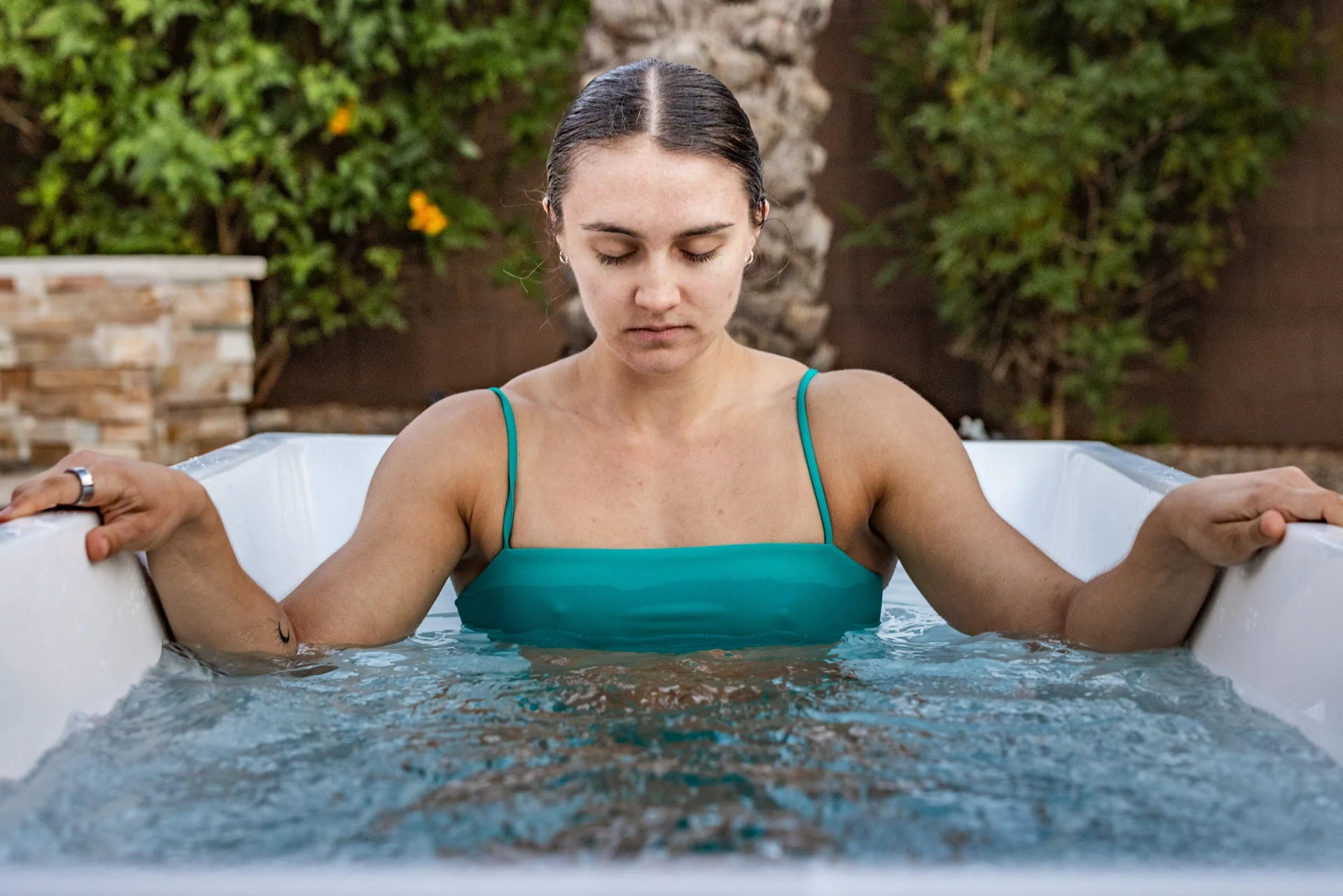
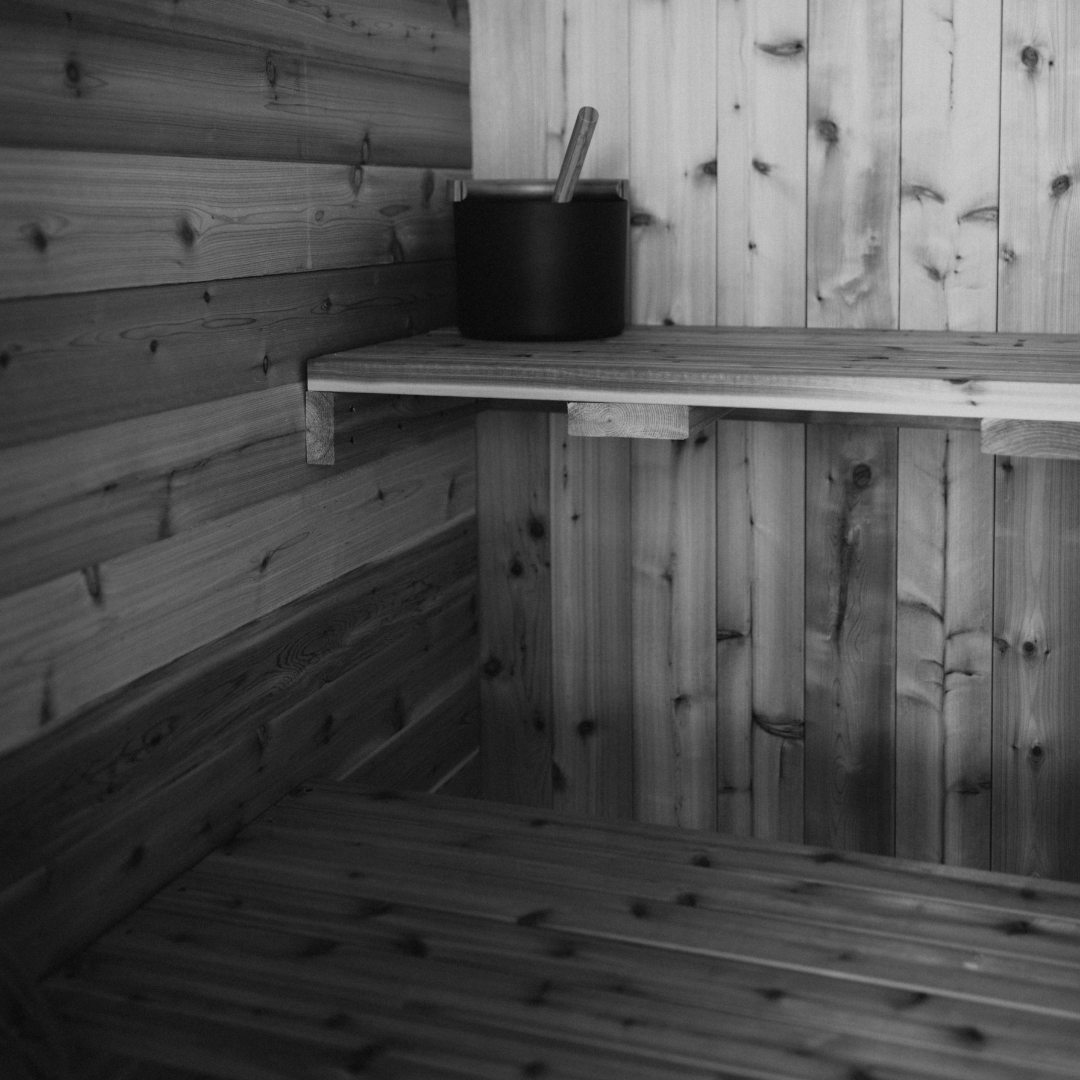
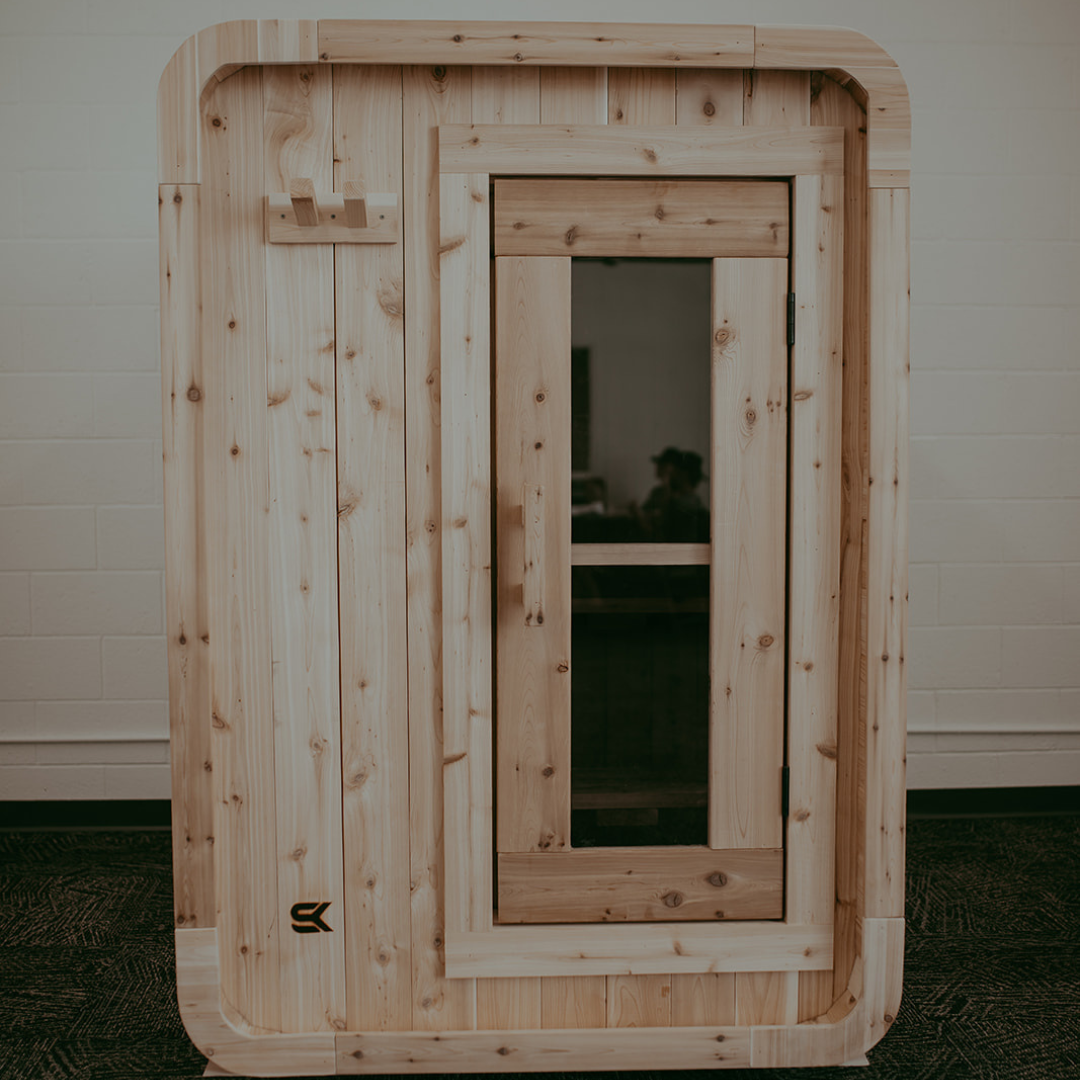

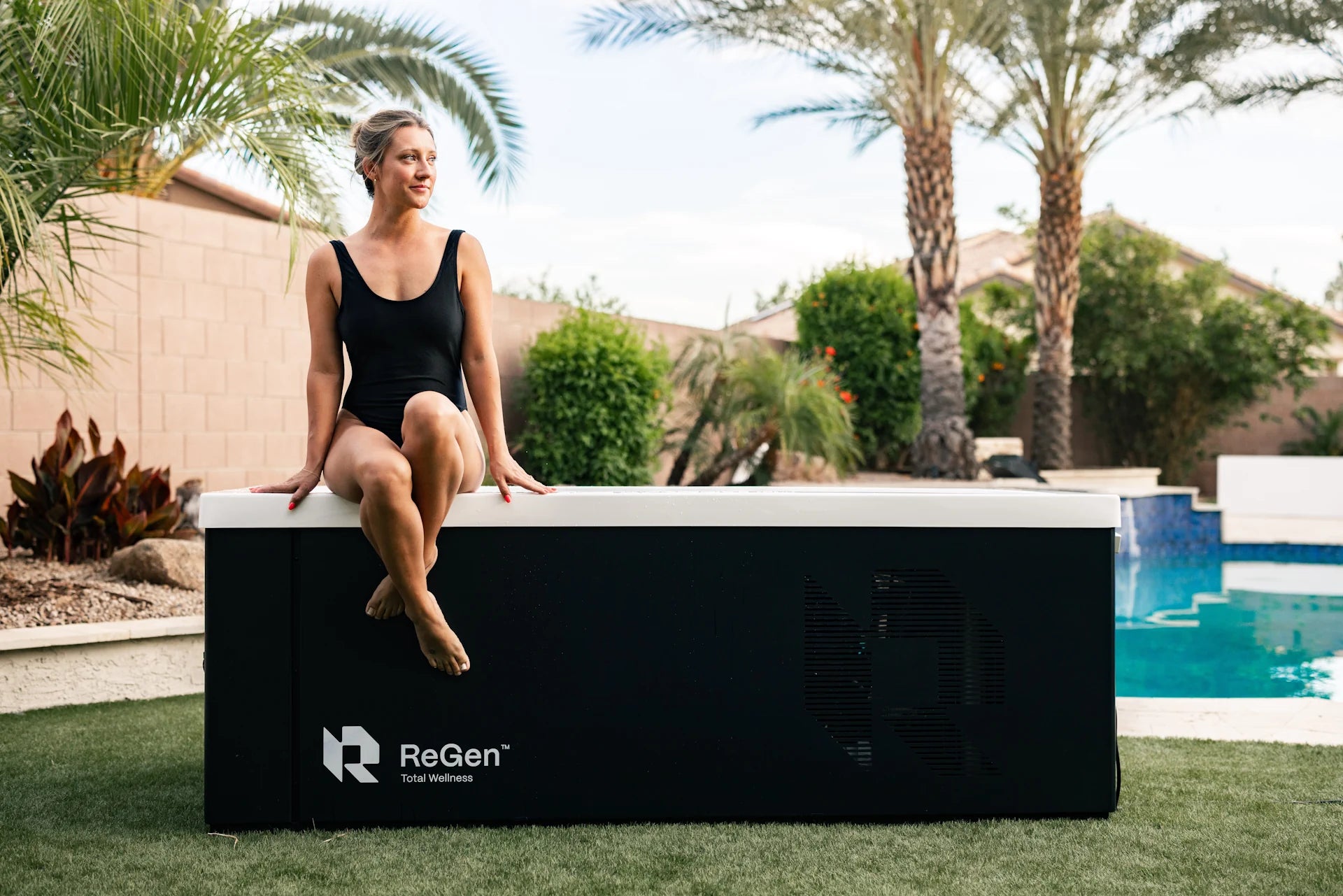

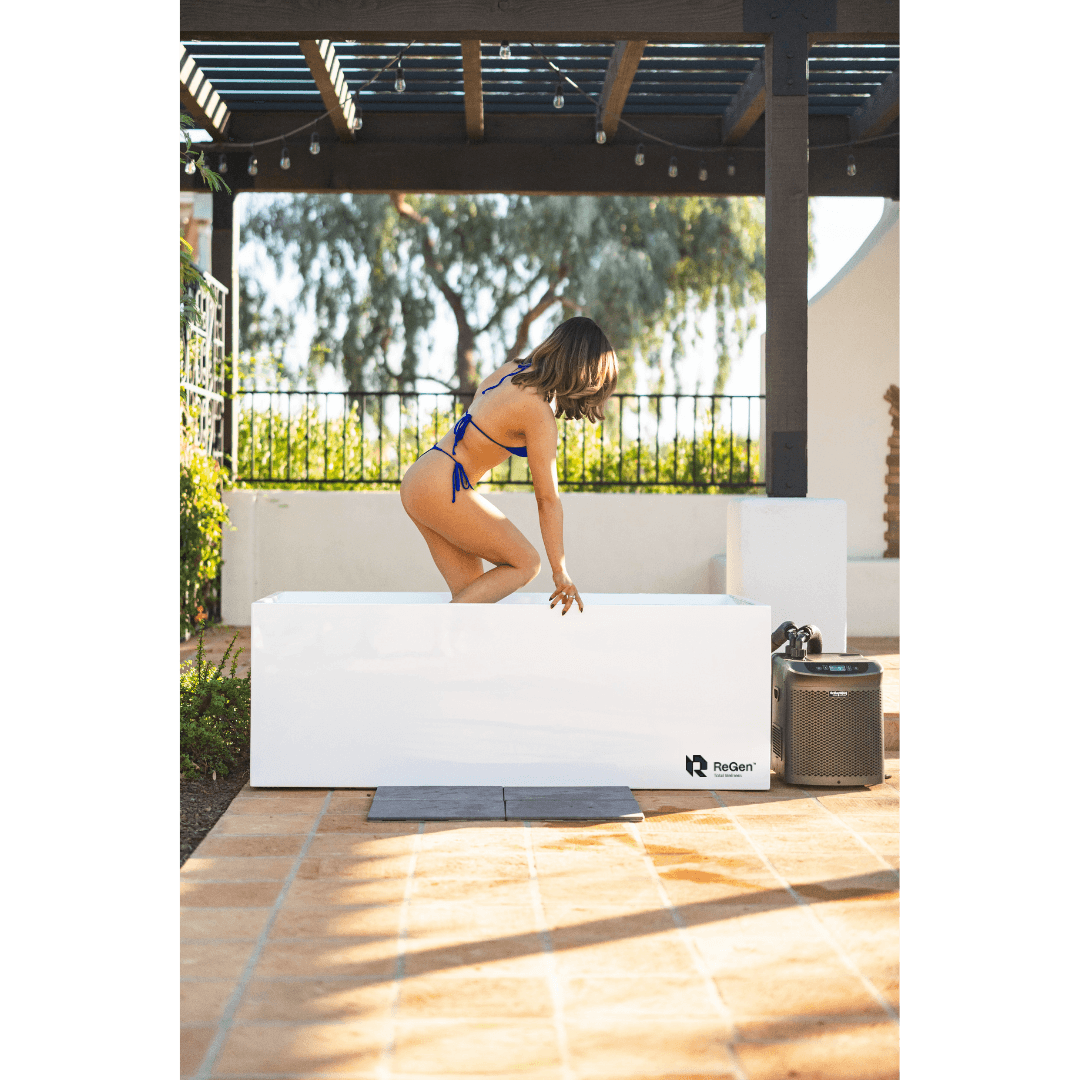
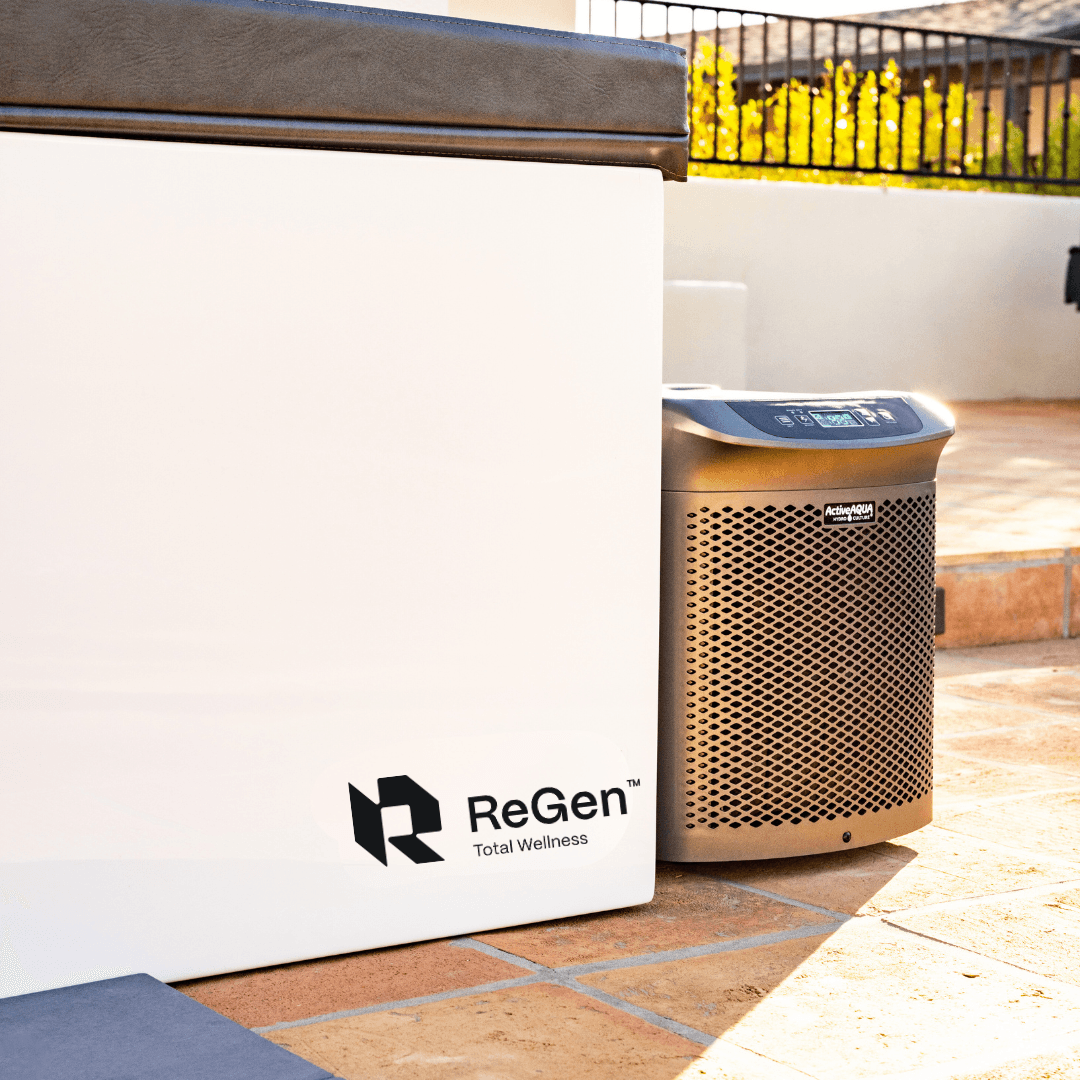
Leave a comment
This site is protected by hCaptcha and the hCaptcha Privacy Policy and Terms of Service apply.